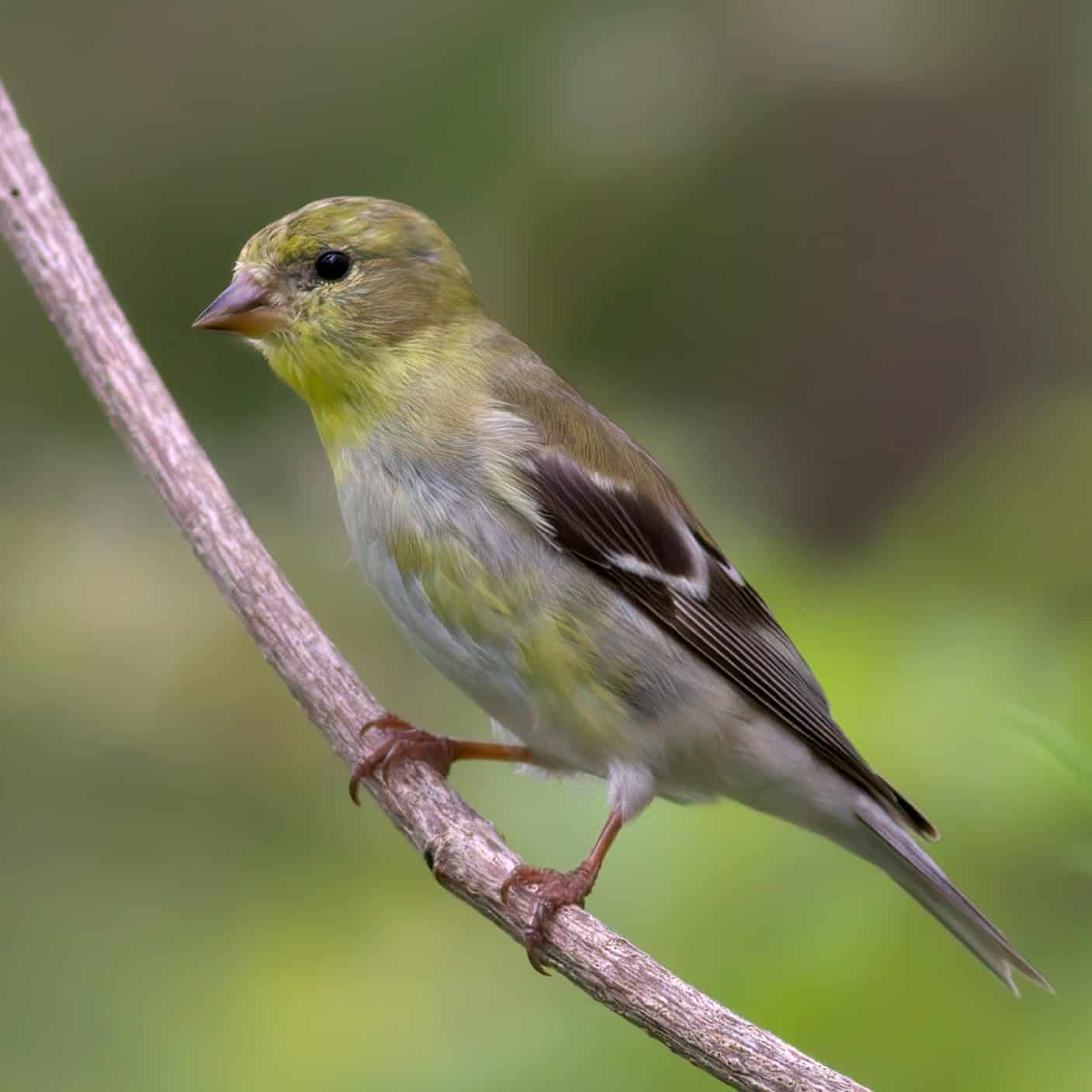After opening Christmas gifts from family and friends, there are simple ways that we can share the spirit of the season with the birds in our backyards, and perhaps start a new tradition.
Parents know how quickly the excitement about new toys and gadgets fade, and how boredom and restlessness set in with kids that are out of school for the holidays. Frankly, the same is true for us older folks, who are sharing the house with these same young ones.
Turning attention to the many birds that are out in the cold and damp of winter is a good way to redirect the extra energy. Watching the reaction of birds to gifts of food may well be the start of a life-long hobby – birdwatching. Here is how you can start Christmas gifting to birds.
First thing to realize is that aside from the common birds that you may already feed throughout the year, winter brings a host of other birds that migrate from colder climates. Many of us celebrate the winter arrival of American Goldfinches to our feeders, or to seeing American Robins feeding in our yards.

For the birding community on the Gulf Coast, Yellow-rumped Warblers are a sure sign that winter is here, as they forage through the landscape in flocks of 10-20 at a time. These birds’ nest in Canadian coniferous forests and are among the most prolific birds in North America.
All of these birds can take care of themselves just fine, but our act of feeding them serves a purpose – to connect ourselves to them, if not simply to know that we have helped them survive winter, but perhaps to become interested in their lives and how we can help with their conservation. Apart from turning our children and grandchildren’s attention to keeping the feeders filled, here are a few other activities to consider.
Homemade Suet – Most cupboards have the necessary ingredients to make Marvel Meal suet. In a large bowl, hand mix (yes, messy, but fun) equal parts peanut butter, vegetable shortening, and flour, with 3 parts cornmeal. Have kids smear the thick paste on the trunk of a tree, a stick or a pinecone hung from a branch. Many of our winter birds do not visit seed feeders but will enjoy suet – introducing you to new species. More information about using suet can be found here.
Build a Brush Pile – As many of you know well, I have a great affinity for brush piles that provide shelter for birds and other critters throughout the year, but especially in cold weather. Find a corner of the yard and stack small branches and leaves in a pile. Learn more about the value of these piles here.
Plant a Bird-Friendly Native Plant Every Year – Winter is the best time to plant native trees and shrubs when they are dormant. Adding a native berry-producing shrub like Yaupon Holly or Wax Myrtle is a great way to feed birds that eat berries or small insects associated with these plants in winter. It takes advanced planning but adding any plant to the landscape is a great annual tradition that helps support nature.
Birding Your Backyard – The best part of taking any of these steps is spending time watching what birds appear because of your efforts. Identifying birds has become as easy as using free online apps like Merlin Bird ID (Cornell Lab of Ornithology) or an old fashion bird guide, like Peterson Field Guide to Birds of North America. You can also join Project Feeder Watch and contribute as a Citizen Scientist here.
Start a new Christmas tradition with your children and grandchildren by feeding and learning about your backyard birds. Joyeux Noel.
Hope to see you in our great outdoors!
Photos courtesy of Doug Clarke (Cover Photo of Chickadee) and Sharon Milligan (Goldfinch)